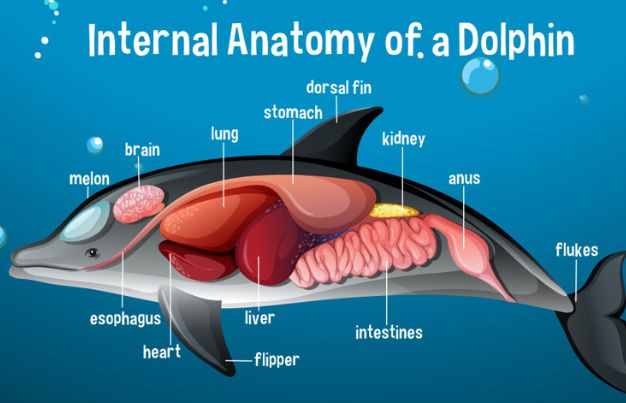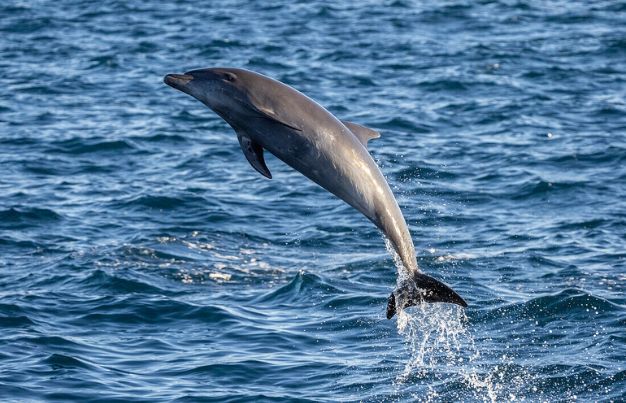Dolphins have long fascinated marine biologists, wildlife lovers, and curious minds due to their intelligence, social behavior, and unique physiology. Whether you’re a student, an oceanography enthusiast, or someone captivated by aquatic life, understanding dolphin important facts can broaden your perspective on marine ecosystems. This article highlights 15 well-researched dolphin facts, and answers common questions people ask about dolphins.
Table of Contents
1. Dolphins Are Not Fish – They’re Mammals
Despite living in water, dolphins are not fish. They’re marine mammals, just like whales and porpoises. They breathe air through blowholes, give birth to live young, and nurse them with milk—hallmarks of mammalian biology.

2. Dolphins Possess Exceptional Intelligence
Dolphins rank among the most intelligent animals on Earth. Their brain-to-body ratio is second only to humans. They display problem-solving skills, use tools, recognize themselves in mirrors, and exhibit emotions.
3. They Use Echo-Location to Hunt and Navigate
Dolphins emit high-frequency clicks and listen to the echoes bouncing off objects, allowing them to “see” with sound. This sonar-like ability is essential for hunting and avoiding predators in murky waters.
4. There Are Over 40 Dolphin Species
From the well-known bottlenose dolphin to the elusive pink river dolphin, there are over 40 known species inhabiting oceans and rivers around the world. Each species has distinct characteristics and habitats.
5. Dolphins Sleep with One Eye Open
Due to their need to breathe voluntarily, dolphins sleep with half their brain active. One hemisphere of the brain remains alert to control breathing and watch for threats.

6. Dolphins Eat a Varied Diet – But Not Ice!
Contrary to viral videos and myths, dolphins do not naturally eat ice. Their diet consists of fish, squid, and crustaceans, depending on their species and habitat.
7. Pink River Dolphins Can Change Color
The Amazon river dolphin, also known as the pink river dolphin, can indeed change color. Young dolphins are typically gray and become pink as they age due to blood vessel proximity and physical activity.

8. Dolphins Are Extremely Social Animals
Dolphins live in pods ranging from 5 to 30 individuals. They communicate using clicks, whistles, and body language. Complex relationships and even alliances have been documented among dolphins.
9. Baby Dolphins Are Born Tail First
To avoid drowning, baby dolphins (called calves) are typically born tail first, unlike most mammals. They quickly swim to the surface for their first breath.
10. Dolphins Have Smooth, Hydrodynamic Skin
Dolphin skin is designed for fast swimming. It constantly regenerates, reducing drag and preventing parasite build-up. This skin renewal can happen every two hours.
11. Dolphins Recognize Themselves in Mirrors
One of the most fascinating dolphin important facts is their ability to pass the mirror test, which signifies self-awareness—a trait rare in the animal kingdom.
12. Dolphins Can Protect Humans from Sharks
Numerous documented cases report dolphins circling humans in the presence of sharks, possibly as a defense mechanism. While rare, such behavior underlines their empathetic tendencies.
13. Dolphins Swim Up to 25 MPH
Dolphins are agile swimmers. Some species can reach speeds of up to 25 miles per hour (40 km/h), helped by their muscular tails and streamlined bodies.

14. Learning How to Draw Dolphins Is Popular in Schools
Drawing dolphins is a fun and educational way to understand their anatomy. Start with a teardrop body, add a dorsal fin, pectoral fins, and a bottle-shaped snout.
15. Dolphins Are Endangered in Some Regions
Pollution, bycatch, climate change, and boat traffic pose threats to dolphin populations. Some species, like the Maui’s dolphin, are critically endangered.
Conclusion: Why These Dolphin Important Facts Matter
Dolphins are more than just playful creatures of the sea. They are intelligent, socially complex, and vital to marine ecosystems. By understanding these dolphin important facts, we not only gain scientific knowledge but also develop a deeper appreciation for our oceans and the creatures that inhabit them.
If you’re a student, educator, or enthusiast, we hope this guide helped you explore dolphin behavior, physiology, and conservation from a well-rounded perspective.
FAQs: Answering Common Dolphin Questions
1. How to draw a dolphin?
To draw a dolphin, begin with an elongated “S” shape for the body. Sketch in the beak, dorsal fin, flippers, and tail. Add shading and details to capture texture and motion.
2. Why do dolphins eat ice?
This is a misconception. Dolphins do not naturally consume ice in the wild. In captivity, ice may be used as an enrichment tool, but it’s not part of their natural diet.
3. Can pink river dolphins change their color?
Yes. Pink river dolphins can shift color depending on their age, activity level, and water temperature. Increased blood flow during exertion can make them appear more vibrant.









